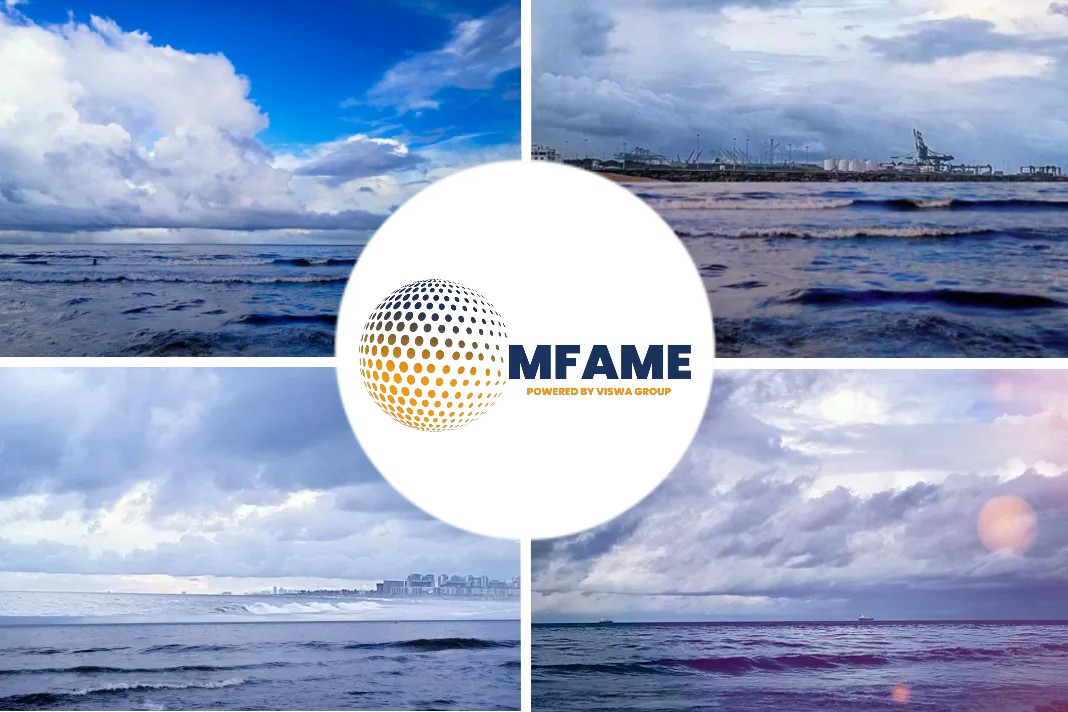- ABS had awarded a newbuild with the world’s first ‘ammonia-ready’ designation from a classification society.
- The vessel, ordered by Avin International, will initially be conventionally powered.
- The vessel will be given the current outlook for ammonia uptake, seems likely to remain that way for much of its commercial life.
- The move is nothing more than an exercise in greenwashing.
- It is pointing to an apparently somewhat inclusive definition of what being ‘ammonia-ready’ actually entails.
- Shipowners, industry bodies and the media are united in saying the industry urgently needs to take steps towards decarbonisation.
A recent news article published in the Ship and Bunker reveals whether Ammonia-ready ships are greenwashing or milestone to zero carbon. Jack Jordan, Financial news editor, Ship and Bunker brings out some of the valuable insights on Ammonia ships.
Why Should We Be Excited About Ammonia Anyway?
Ammonia (NH3) produced using renewable electricity is a carbon-free source of energy, and is thus of great interest as part of the decarbonization effort.
At ambient temperatures it is a liquid fuel with similar onboard handing characteristics to conventional oil-based bunker fuels.
It comes without LNG’s disadvantage of needing special fuel tanks and fuel system components, along with vessel construction materials that can withstand an LNG spill.
In theory ammonia-powered vessels would not require such considerations, making retrofits to any existing vessel relatively straightforward.
“Like many of the emerging clean fuels, scaling up production to commercial quantities of blue or green ammonia may take many years,” engineering company Wärtsilä said in a document examining ammonia’s potential as a bunker fuel last month.
What Exactly Does Ammonia-Ready Mean?
In its statement announcing the Avin Suezmax winning its ammonia-ready level one notation, ABS said the label means the ship “is designed to be converted to run on ammonia in the future.”
Technical documentation on the ABS website gives further detail on what the standard entails.
Future viability
Demonstrating that future viability is clearly a key consideration for a shipowner seeking to win this notation for its new vessel.
Shipowners are likely to face increasing iciness from the banking industry in the coming years as they seek to secure financing for new ships that continue to burn fossil fuels.
In the absence of zero-carbon fuels being available now, and with a pressing need to order new ships, a shipowner could be tempted by a notation that advertises a future intention to decarbonise.
LNG and number of contracts
“With LNG, we saw a number of contracts for LNG ready level 1 in 2015, with more contracts for LNG ready level 2 in 2017,” marine fuels specialist Nigel Draffin told Ship & Bunker recently.
“Almost all of these vessels which were built were classed as either LNG fuelled or as LNG level 3.”
Greenwashing Opportunity?
The question that hangs over the ammonia-ready or similar designations is whether a less scrupulous owner could use it as evidence of plans to decarbonise, while having no real intention of carrying through with the plan.
Asked about this possibility, the ABS spokesman focused on how the notation gives owners future options — rather than committing them to a single path.
“The ABS fuel-ready framework and qualification is designed to give owners flexibility as they consider their fuel options,” the spokesman said.
About Jack Jordan
Jack Jordan is the Managing Editor of Ship & Bunker, the world’s most read marine fuel-focused publication.
He is an experienced financial editor and reporter with a first-class degree in Arabic and Russian, a postgraduate diploma in newspaper journalism and several years’ history of covering the oil and shipping industries and capital markets.
Jack is based in London, UK.
Did you subscribe to our daily newsletter?
It’s Free! Click here to Subscribe!
Source: Ship and Bunker

















